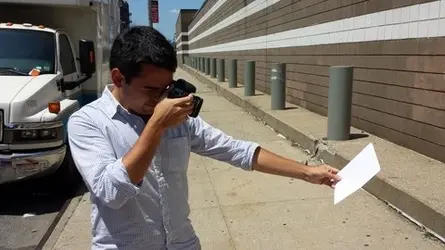mattstevenfisher
TPF Noob!
- Joined
- Jul 17, 2013
- Messages
- 8
- Reaction score
- 0
- Location
- Ithaca, NY
- Can others edit my Photos
- Photos OK to edit
Im a student at Cornell University working on a design project aimed at creating a formulaic model to predict the color temperature of sunlight at any time and geographic location in the world. Our algorithms are well on their way and we need empirical data to verify our work. Thus, we are turning to the online photography communities to help us out!
We are asking people from all around the world to capture the color temperature of direct sunlight on a, preferably, sunny day by photographing (in RAW) a white balance card pointed toward the sun. From that image well determine the color temperature and add it to our growing dataset. While we want pictures taken at any time of day and sun position, the white balance card musts be placed in direct sunlight.
Please send all photos (in any RAW format) to msf245@cornell.edu and include the following information in the email:
-Location (lat/long, if possible)
-Time
-Weather description (brief: cloudy, clear, overcast, a picture would work as well)

We are asking people from all around the world to capture the color temperature of direct sunlight on a, preferably, sunny day by photographing (in RAW) a white balance card pointed toward the sun. From that image well determine the color temperature and add it to our growing dataset. While we want pictures taken at any time of day and sun position, the white balance card musts be placed in direct sunlight.
Please send all photos (in any RAW format) to msf245@cornell.edu and include the following information in the email:
-Location (lat/long, if possible)
-Time
-Weather description (brief: cloudy, clear, overcast, a picture would work as well)










![[No title]](/data/xfmg/thumbnail/32/32926-ec27ecead8c80d803404500d8f888dbf.jpg?1734162683)
![[No title]](/data/xfmg/thumbnail/42/42349-fa3065c4e047f0114ec8715d9168dff9.jpg?1734176875)




